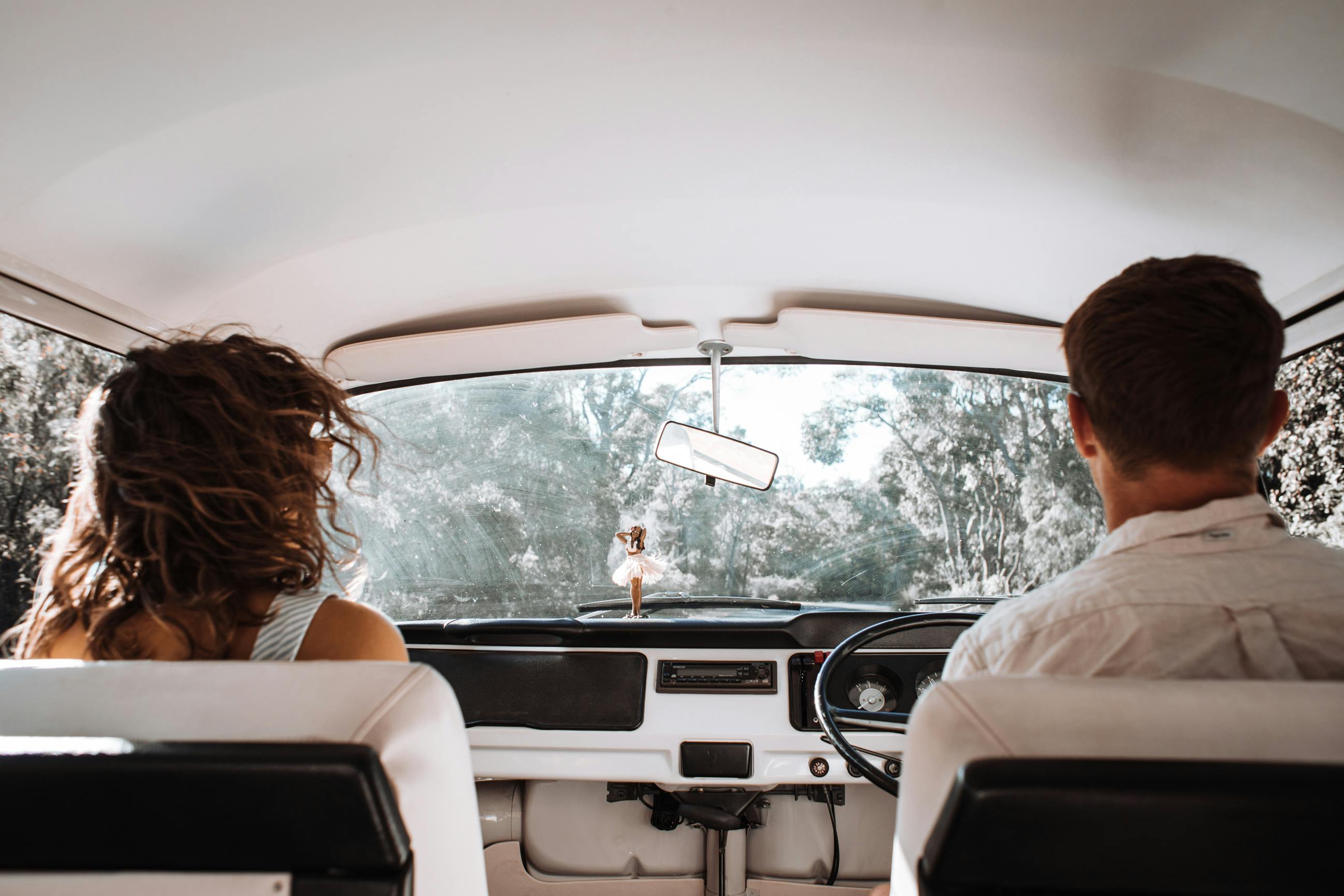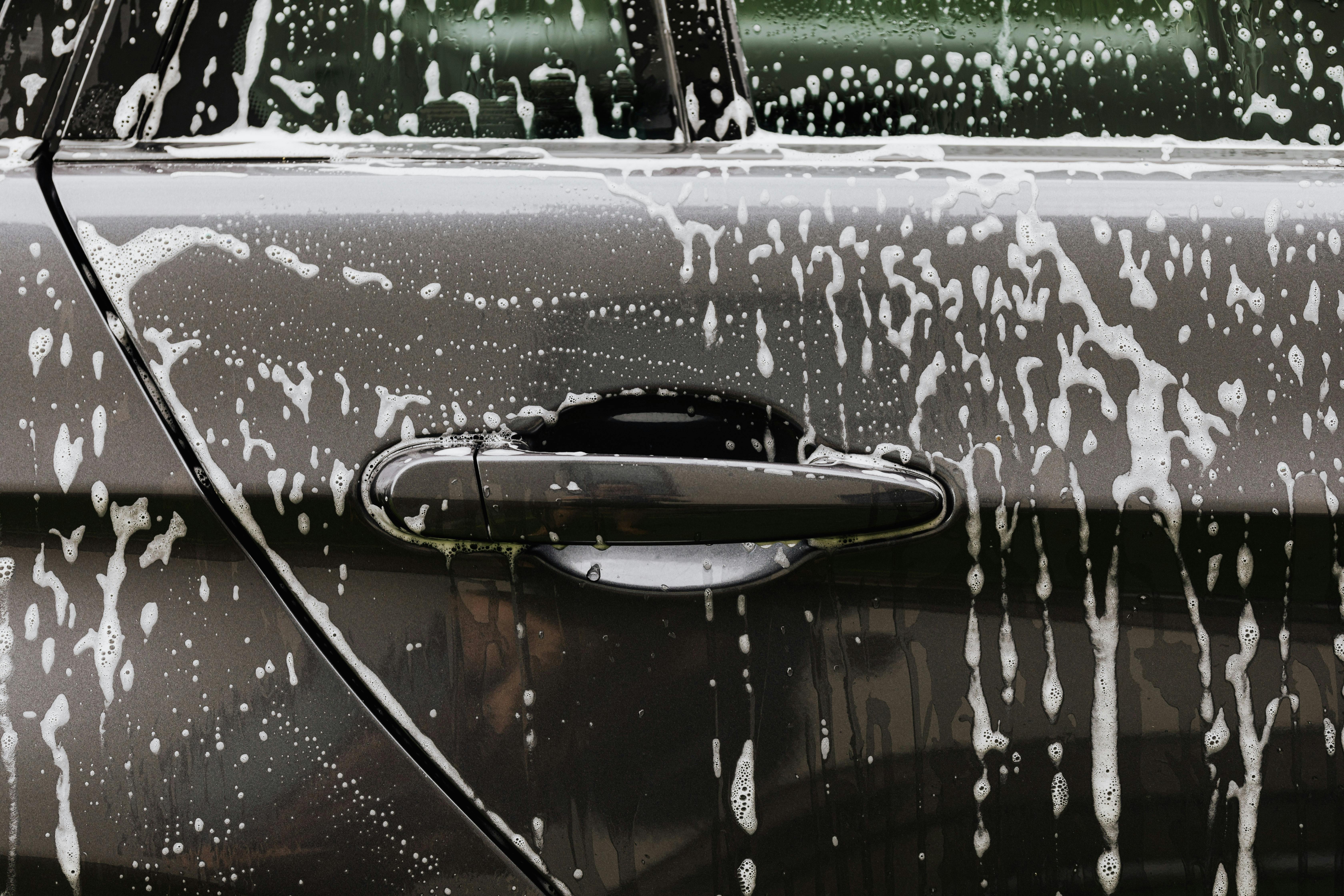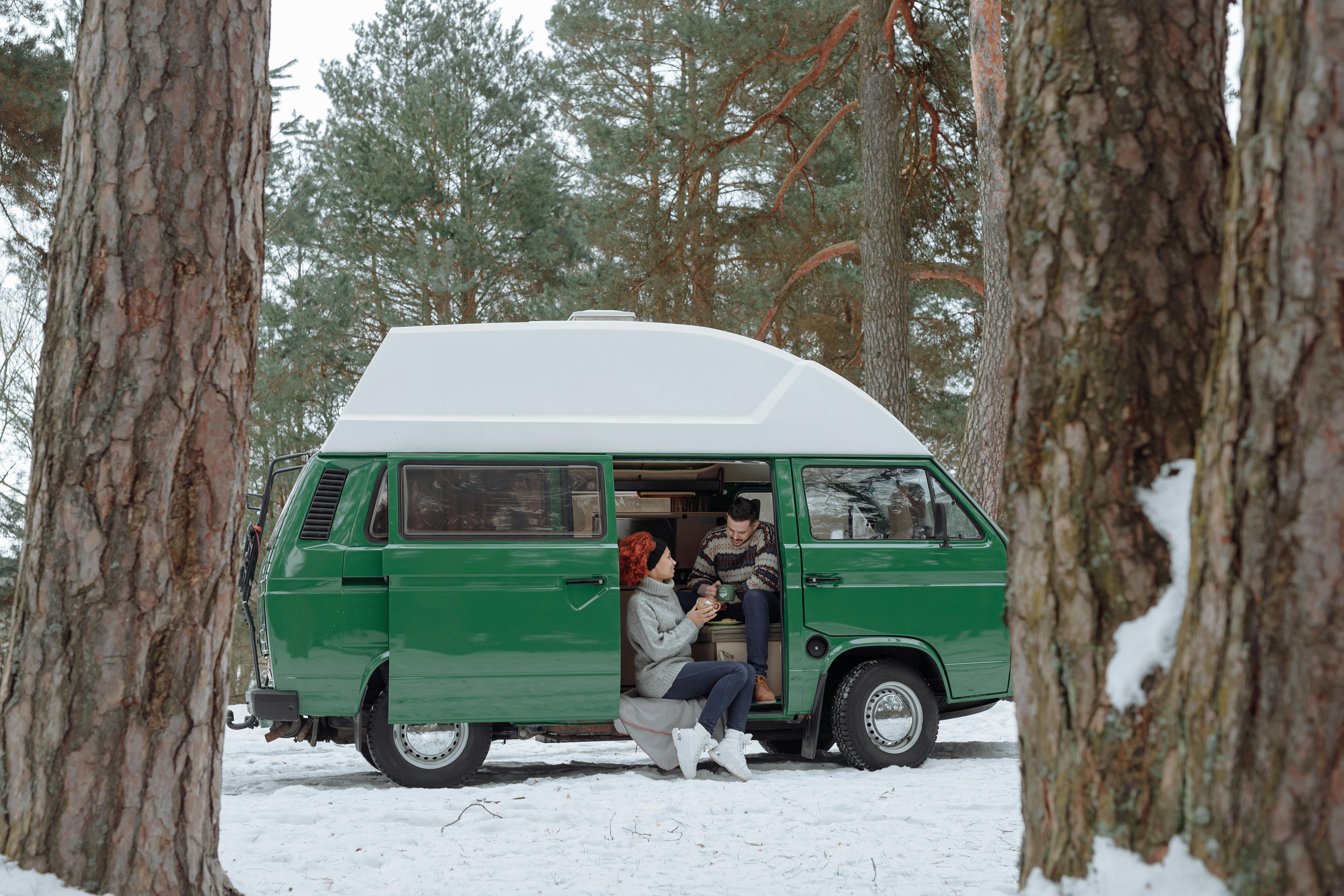Vehicle History Overview
- They don’t make them the way they used to.
the first cars
- The first cars were nothing more than a buggy and an engine (usually repaired by blacksmiths and carpenters. These cars were very expensive, only the rich could afford)
- The Model T was the first car to be mass produced on an assembly line in 1908 (Ford’s vision was to produce an affordable car that the average person could afford)
- The T models came in black just to keep costs down. (The price dropped once the assembly line was simplified, but in 1908, the cost of a Model T started at $825. For 1913, the cost of the car dropped to $550.)
Cars in the 1960s
Cars were built in the same basic way until the 1960s.
- body on frame
- Rear wheel drive (same concept, but the cars were very big, bulky and heavy)
Except people in the 60’s wanted SPEED! They did it with Big Block Motors, which made a lot of horsepower. (The birth of Hotrods, Rat Fink, Flames and Pin Striping).
Cars in the 1970s
- The government imposes strict emission control and fuel economy laws
- Customers demanded cars with better fuel economy
- New laws and customer demands started the automotive explosion of engineering ideas and changes in the auto industry.
Changes to Comply with Lawsuits and Laws
- Smaller bodies and smaller engines
- Aerodynamics (increased fuel mileage)
- Lighter cars by using different materials and designs.
- More work hardened areas created during panel formation (body lines)
- Security
Interstate Highway Construction + Higher Speed Limits + More Performance Cars = Accidents and More
Deaths from car accidents
Federal laws were passed to regulate safety. These laws included:
- Installation of seat belts.
- Safety glass windshield
- Headrest
- In 1979, the first driver’s side airbag was introduced.
- Airbags are required in cars produced after 1990.
- Unibody Torque Boxes: Allow controlled twisting and crushing
- Crush Zones – Made to collapse during collision (to act as an absorber, soaking up the impact)
modern cars
- carbon fiber parts
- Aluminum parts
- more plastic parts
- high strength steel
- boron steel
- monocoque construction
- Construction of spatial structures
- computer
- Hybrid cars
Now they even have cars that will tell you when you’re lost, where to turn, Parallel Park for you.
Conclusion
While modern automobiles appear cheap and unsafe, they are actually designed to crush or collapse, transferring energy around the passenger compartment stronger to protect passengers from injury.
There is considerably more damage to modern cars during a collision than to older vehicles, giving the perception that “they don’t make them like they used to.” However, it is actually the cars that take the impact rather than the passengers.
The lesson was designed to give you a bit of history, but also to emphasize that just a hammer, a dolly, and a few wrenches aren’t going to fix today’s cars. We need highly trained automotive and collision repair technicians to repair today’s vehicles.




